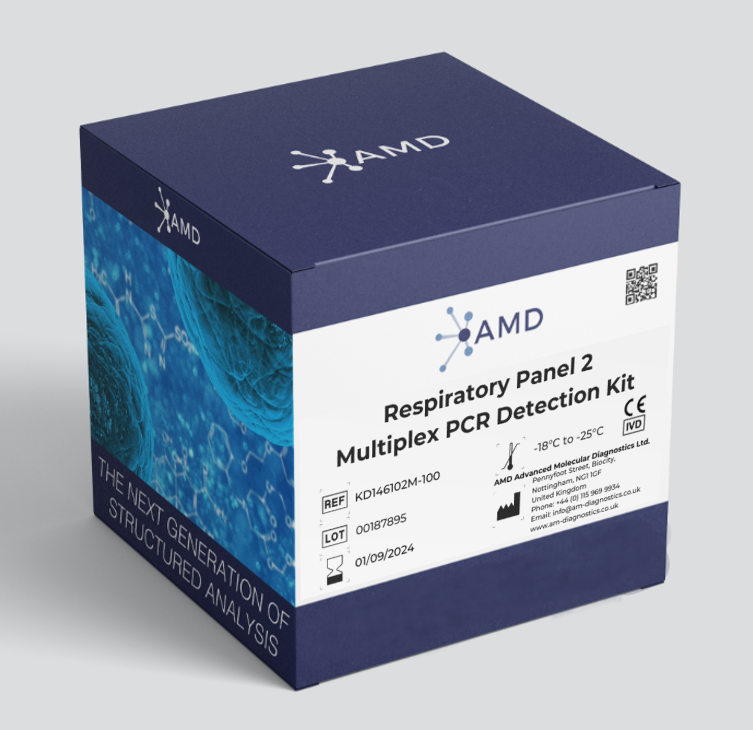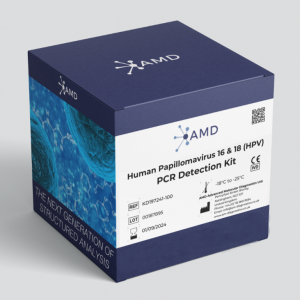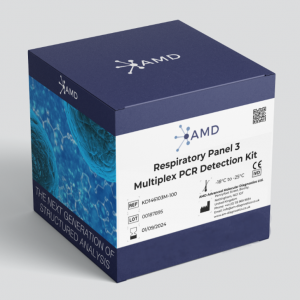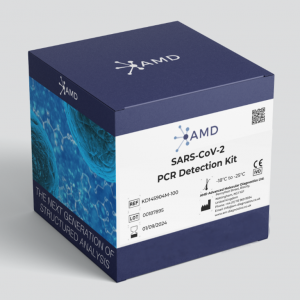Viruses that affect the human respiratory system manifest themselves in a number of ways, with most people experiencing the same few symptoms. Respiratory viruses are usually highly contagious and can be spread between humans primarily through the exchange of mucus droplets expelled through sneezes or coughs.
With the recent emergence of the highly infective SARS-CoV-2 (COVID-19), it is now even more important to be able to rapidly distinguish between this and other common circulating viruses with similar clinical presentations.
Product Details:
Amplification of target genes to unique conserved regions of the SARS-CoV-2, Influenza type A&B and Respiratory Syncytial Virus (RSV) type A&B genomes is followed by detection by the hydrolysis probe method of qPCR.
The assay consists of pairs of forward and reverse primers, and probes labelled with 5’ fluorescent reporter dyes and a 3’ quenchers. As new target cDNA strands are synthesised, the tightly bound probes are cleaved by the 5’ to 3’ exonuclease activity of Taq polymerase, releasing the fluorescent reporter from the quencher and substantially increasing the fluorescent signal.
The point at which the fluorescence becomes detectable above the background, the quantification cycle (Cq), is proportional to the amount of target present in the sample. The lower the Cq, the greater the amount of target present. If the virus in question is not present, the signal specific to that virus will not be produced.
An internal control is provided in order to assess the quality of the isolated RNA and the effect of any PCR inhibitors that may be present. This assay contains two primers and a CY5 labelled probe, designed to a highly conserved region of human RNA and a positive signal indicates that the RNA quality in the sample is acceptable for diagnostic testing. These assays are both incorporated into a ready-to-use PCR master mix which utilises hot start technology, thus minimising non-specific reactions and ensuring maximum sensitivity.










There are no reviews yet.